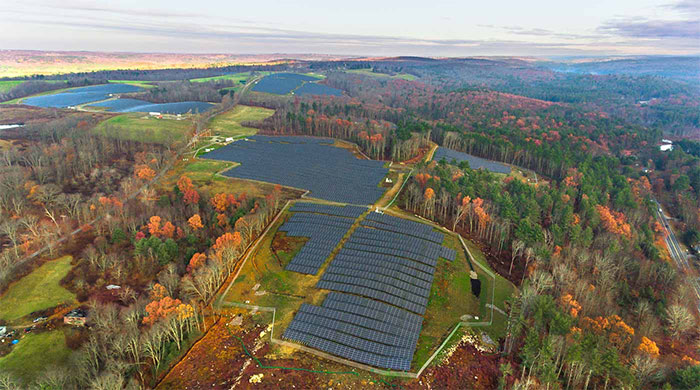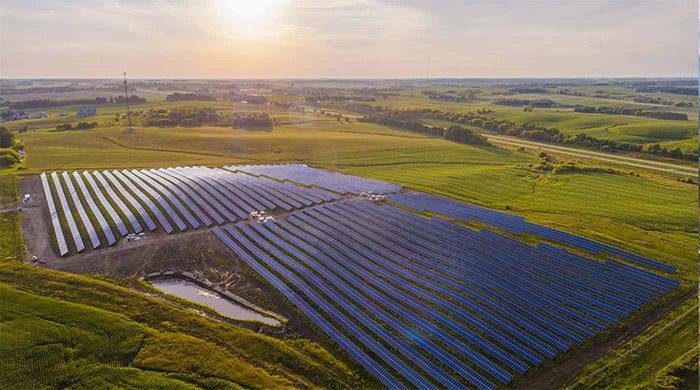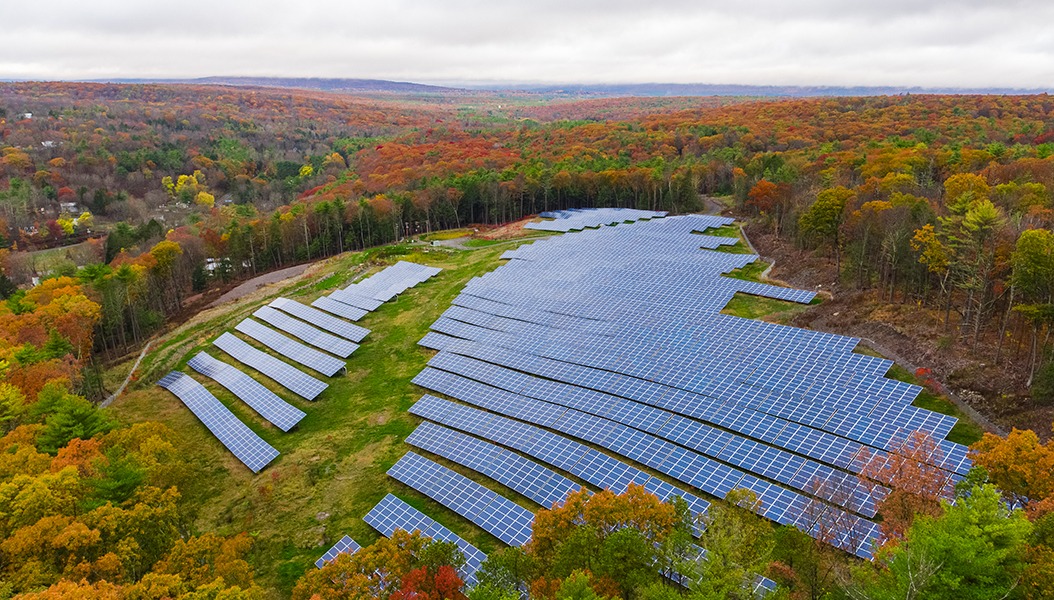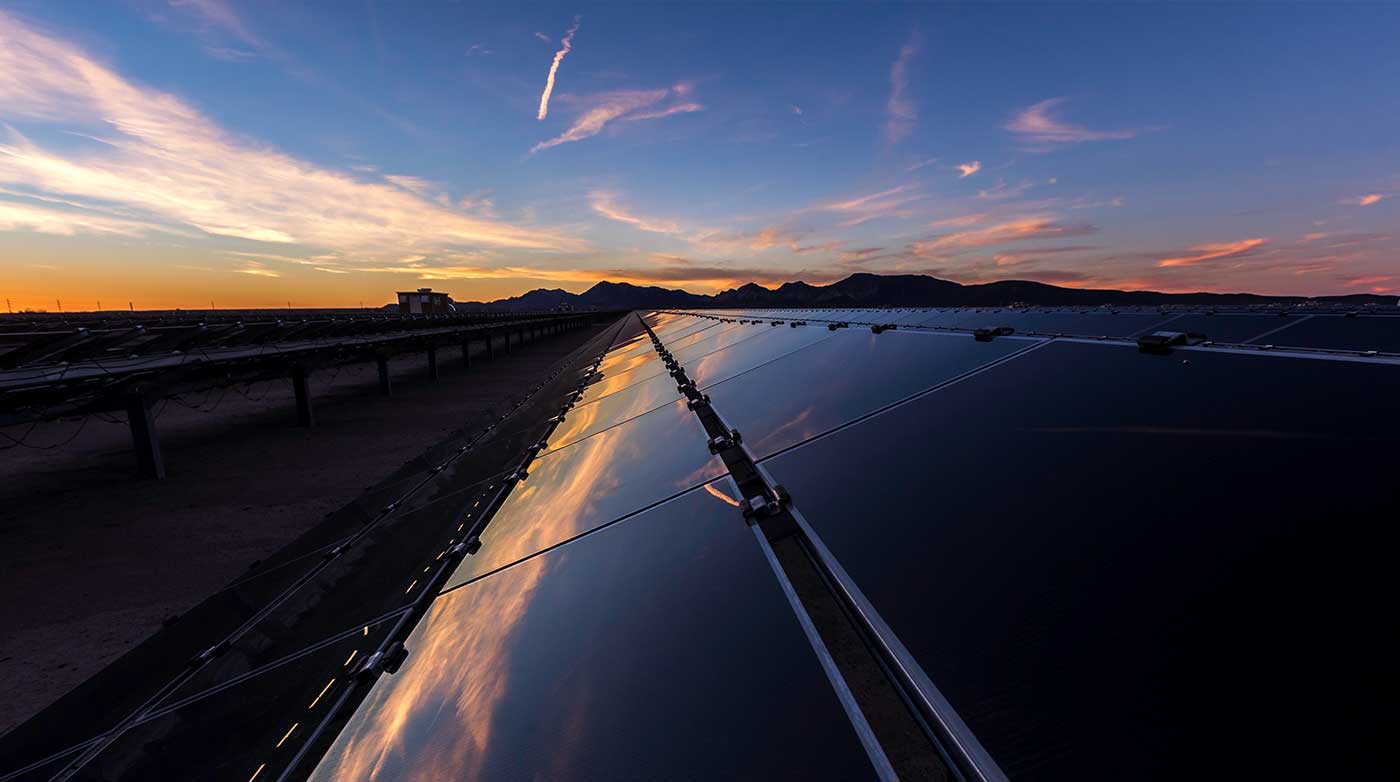Environmental Impact of Community Solar
Making the Renewable, Reachable

Our Impact
In just your first year as a Community Solar customer, your support will have the environmental impact of:

Planting 7.9 acres of forest in the U.S.

Offsetting greenhouse gas emissions equivalent to driving a car over 16,471 miles.

Switching 225 light bulbs to LEDs.
Community Solar offers a meaningful solar energy program where environmental impact meets convenience.

With our program, you will become a committed steward of the environment and solar energy production, creating a more sustainable world for your family and future generations.

Plus, you will actively support clean energy generation for your state and the nation, reducing our dependence on fossil fuels. Your home can be part of the shift, and it's never been easier.
Our Solar Farms
See the difference in action. Here are some examples of some of our solar farms and their positive effect on the environment in Massachusetts and Minnesota.Spencer Street, MA
 This farm offsets the equivalent carbon emissions of 42,842,271 miles driven by a car in one year.
This farm offsets the equivalent carbon emissions of 42,842,271 miles driven by a car in one year. Pine Island, MN
 This farm offsets the equivalent carbon emissions of 7,884,938 miles driven by a car in one year.
This farm offsets the equivalent carbon emissions of 7,884,938 miles driven by a car in one year.  This farm offsets the equivalent carbon emissions of 6,738,732 miles driven by a car in one year.
This farm offsets the equivalent carbon emissions of 6,738,732 miles driven by a car in one year.Why Choose Community Solar as a Renewable Solution
Solar energy is a clean, safe, reliable, and a trusted source for renewable energy. To alleviate our dependence on fossil fuels, and even one day eliminate them, we need solar to get there.Clearway Community Solar
No Rooftop Panel Installation or Maintenance Required by Homeowner
No Upfront Costs or Hidden Fees
Long-Term Price Security
Conventional Rooftop Solar
Maintenance Expense Required by Homeowner
Large Installation Costs
Long-Term Price Security
Wind or Solar Powered Electricity
No Rooftop Panel Installation or Maintenance Required by Homeowner
No Upfront Costs
Price fixed for short term (usually 12 months or less)

Energy Efficiency
At Clearway Community Solar, we encourage energy efficiency along with using renewable energy. There are many tips and techniques to help make your home more energy efficient, including Energy Star rated appliances and thoughtful landscaping. Explore our best tips, discover your carbon footprint, and find out how to make your home energy efficient as well as reliant on Community Solar.
Learn MoreReady to Join Our Community?
The process is simple – no upfront costs or hidden fees, and no roof required. Join Community Solar today for a greener tomorrow.



